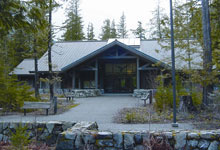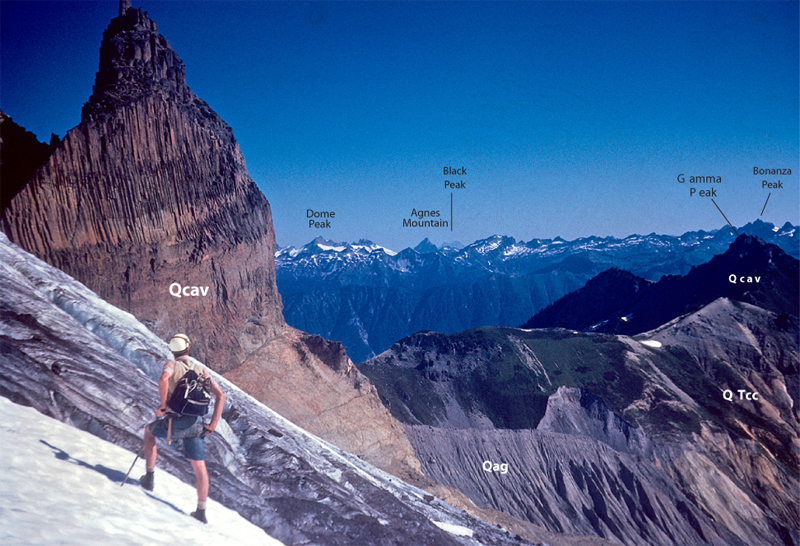Everett Herald - Monday, December 28, 2009
Restoration and trail-building work around Gold Bar has some people concerned
GOLD BAR — State officials want to hear from you about restoration work and trail building in Reiter foothills.
The Department of Natural Resources plans a workshop for the public at 6 p.m. Jan. 13 at Monroe High School, 17001 Tester Road.
Officials are in the final stages of bringing some order to the 10,000-acre forest. For decades, outdoor enthusiasts have come from near and far to use thousands of forested acres stretching from Sultan to Index.
The area was shut down in November so officials could begin to repair damage and rework the trails.
Officials plan to separate Reiter into areas for motorized vehicles, horses, mountain bikes and hikers. They also want to establish designated trails and eventually build restrooms, trailheads and campgrounds.
The plan hasn’t been an easy sell to some longtime users, who are worried about less access. Officials are concerned about damage to the land, including salmon- bearing streams.
For more information about the meeting, contact Candace Johnson at 360-854-2803 or e-mail candace. johnson@dnr.wa.gov.
The Department of Natural Resources plans a workshop for the public at 6 p.m. Jan. 13 at Monroe High School, 17001 Tester Road.
Officials are in the final stages of bringing some order to the 10,000-acre forest. For decades, outdoor enthusiasts have come from near and far to use thousands of forested acres stretching from Sultan to Index.
The area was shut down in November so officials could begin to repair damage and rework the trails.
Officials plan to separate Reiter into areas for motorized vehicles, horses, mountain bikes and hikers. They also want to establish designated trails and eventually build restrooms, trailheads and campgrounds.
The plan hasn’t been an easy sell to some longtime users, who are worried about less access. Officials are concerned about damage to the land, including salmon- bearing streams.
For more information about the meeting, contact Candace Johnson at 360-854-2803 or e-mail candace. johnson@dnr.wa.gov.

















